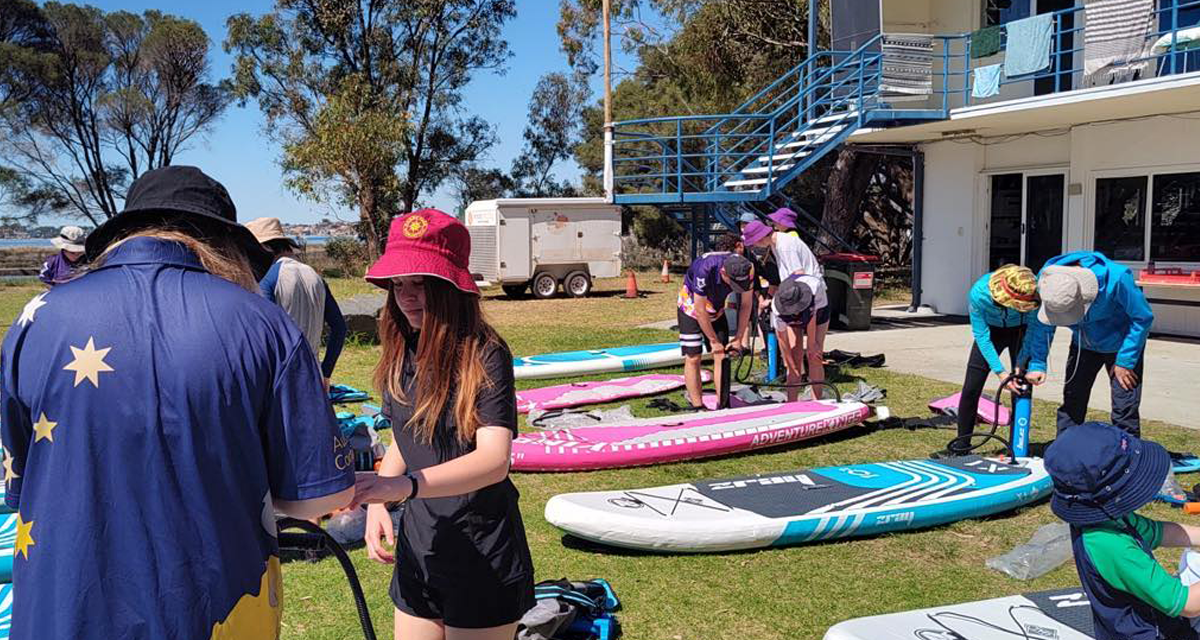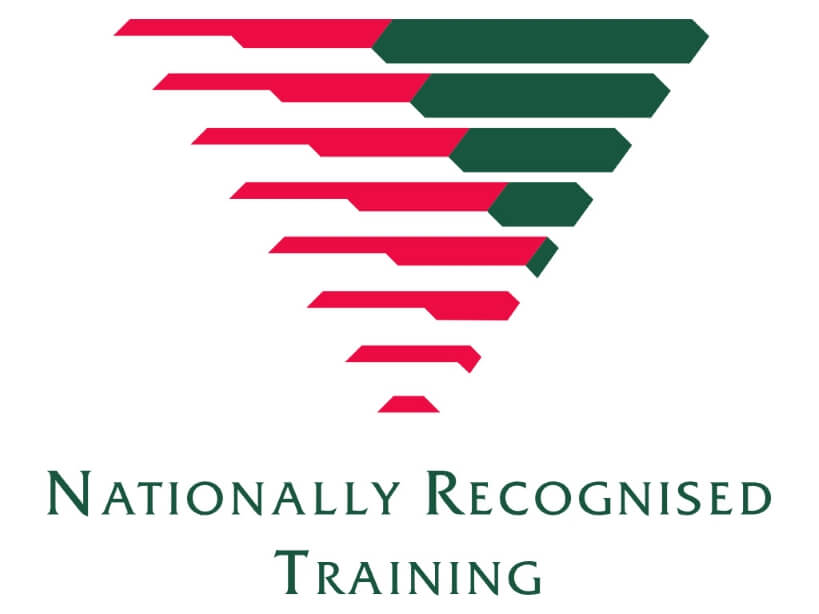Certificate III in Outdoor Leadership
SIS30619
SIS30619 Certificate III in Outdoor Leadership
The Certificate III in Outdoor Leadership reflects the role of skilled outdoor recreation leaders who lead and supervise dependent participants in recreational activities according to pre-determined activity plans, adjusting as required to suit conditions and participant abilities. Leaders are skilled in recreational activity techniques and have well-developed leadership skills to manage group participation, cohesion, operational logistics, risk and problems as they arise. Using discretion and judgement, they work with some independence and under limited supervision using clearly defined plans, policies and procedures to guide work activities.
This qualification reflects the role of leaders who can work in a range of settings including indoor centres and outdoor adventure learning centres and camps, or relatively close to base in the field. They have access to reliable communication systems and assistance from medical and emergency services. When in the field, supervision is provided remotely, in the form of support from base, to deal appropriately with unplanned events or significant problems. This qualification provides a pathway to work for any type of organisation that delivers outdoor recreation activities including commercial, not-for-profit and government organisations.

Typical Scouting Pathway
Experiences and learning received by Venturer Scouts, Rover Scouts and adult supporters across Australia, aligns closely to the requirements of the Certificate III in Outdoor Leadership. Any member of Scouts Australia who has sufficient evidence can apply for Recognition of Prior Learning (RPL). A typical pathway that enables collection of valid evidence is to have at least six (6) months Scouting experience and completed the relevant learning pathways;
| Venturer Scouts | Rover Scouts | Adult members |
|
|
|
It is very important to record all of your outdoor adventures in your logbook for three (3) reasons:
- A logbook is a key piece of evidence when completing outdoor qualifications.
- Both Scouting and the broader outdoors industry rely on logbooks to demonstrate you are staying current in those activities.
- From participation in Scouting and other trips you will often do far more adventurous activities than will be evident to your assessor if they are only looking at what you have recorded against either the youth program or adult training.
After completing your enrolment with the Scouts Australia Institute of Training (SAIT), a SAIT assessor will be assigned to you and they will assess your evidence. They may ask for further evidence or have a conversation with you to gather further information about your experiences. After successfully completing your Recognition of Prior Learning assessment, you will receive a Certificate III in Outdoor Leadership (SIS30619).
Key Information and Resources
Do you have a question about SAIT?
Fill in a quick online form to have a representative from SAIT to contact you to address your question or complaint.
Scouts Australia Institute of Training (SAIT) (RTO No. 5443)
Structure of the Qualification
The Certificate III in Outdoor Leadership has a very large range of available electives. An example qualification gained by following the Scouting pathways of key achievements in the youth program or as an adult supporter may include the following units of competency:
- HLTWHS001 Participate in workplace health and safety
- SISOPLN004 Identify hazards, assess and control risks for outdoor recreation activities
- PUAOPE013 Operate communications systems and equipment
- SISOFLD002 Minimise environmental impact
- SISOPLN001 Finalise operation of outdoor recreation activities
- SISOPLN005 Interpret weather and environmental conditions for outdoor recreation activities
- SISXEMR001 Respond to emergency situations
- SISXFAC001 Maintain equipment for activities
- SISXCCS001 Provide quality service
- SISOFLD003 Select Set-up and operate a temporary or overnight campsite
- SISOPLN002 Plan outdoor activity sessions
- SISXCAI006 Facilitate groups
- HLTAID003 Provide first aid
- TAEDEL301 Provide work skill instruction
- BSBCMM411 Make presentations
- SISOBWG001 Bushwalk in tracked environments
- SISOBWG005 Lead bushwalks in tracked environments
- SISOFLD006 Navigate in tracked environments
- SISOCNE002 Paddle a canoe on inland flatwater
- SISOCNE005 Lead canoeing activities on inland flatwater
- SISOFLD005 Navigate waterway courses
- SISCAQU002 Perform basic water rescues

Recognition of Prior Learning (RPL)
Assessment through SAIT is based on the provision of a portfolio of evidence and professional conversations may be used to attest to a competency or authenticate evidence provided. A portfolio of evidence may comprise of:
- Scout Portfolio (Youth program achievements or adult training and experiences)
- A verifiable, adventurous activity logbook
- Completion of other Qualifications
- A Curriculum Vitae (CV/Resume) and third party referees
- Evidence against specific criteria for each unit of competency
